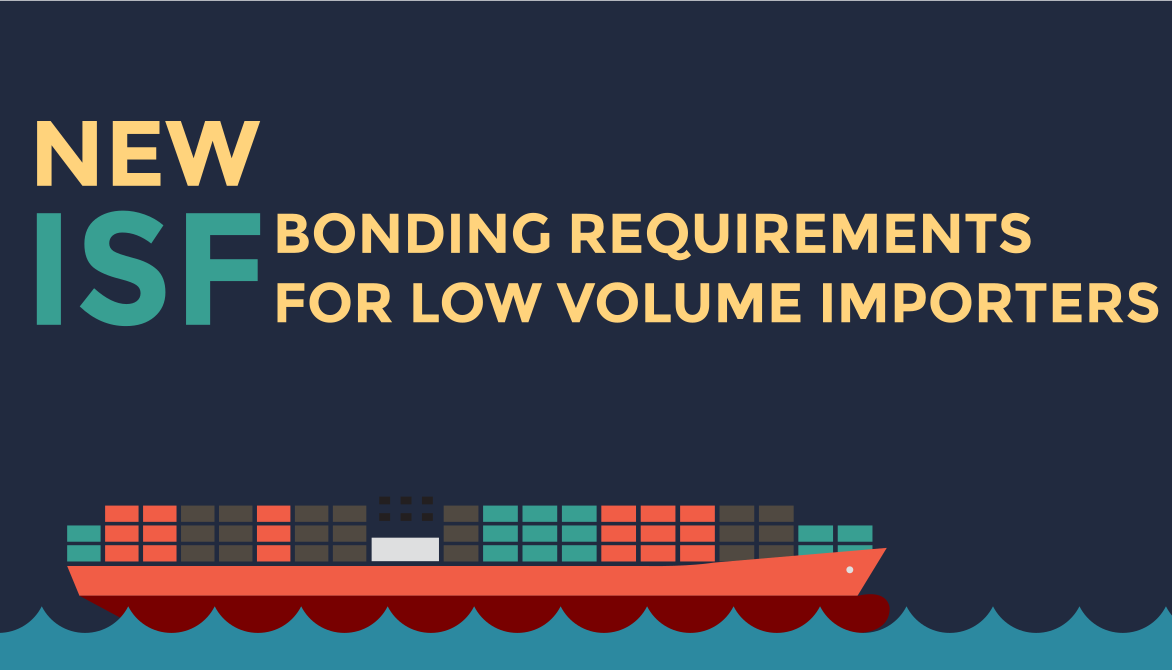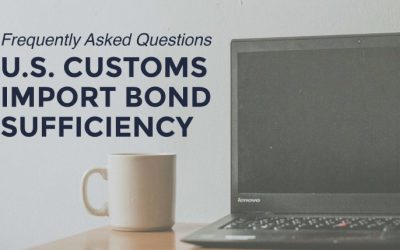TRG provides all the information to know about the new ISF bonding requirements for low volume importers.
January 26, 2010, marked the official implementation of Importer Security Filing. Beginning this day all importers filing an ISF on their ocean cargo must have the appropriate ISF bonding requirements in place.
Now is the time for you to look into purchasing a continuous import bond if:
- You have a shipment entering the U.S. via ocean goods in the next year, and
- You import using single transaction Customs bonds
Multiple Single Entry Bonds or 1 Continuous Bond?
In the past, it was more economical for low volume importers to purchase single entry bonds. However, U.S. Customs now requires that if a single transaction bond is used to clear an entry, an additional single entry ISF bond to be in place. This increases the costs of single entry transactions; however, TRG has the solution.
Since 1991, TRG has provided continuous Customs bonds direct to importers. The continuous import bond will cover every shipment over a one year period (both entry and ISF). TRG offers the following promotional pricing to low-volume importers.
Applying for Continuous bond is easy.
- Send TRG a completed one-page application and Power of Attorney form.
- TRG will contact you with any changes needed on the application.
- TRG will place the bond with U.S. Customs.
- You will provide your broker (or whoever clears your entries) with the new bond number.
It’s really that simple to decrease your import costs! Don’t pay the high costs of single entry bonds. If you are interested in obtaining a continuous bond, please contact TRG today.
TRG offers each of these continuous Customs bonds. Apply online.
To learn more about ISF Filing and how improves CBP’s ability to recognize high-risk shipments in advance, visit our sister company, Strix.






![[Webinar] How Could Changes to De Minimis Impact Your Company?](https://traderiskguaranty.com/trgpeak/wp-content/uploads/2025/05/trg-how-de-minimis-impacts-customs-bond-webinar-400x250.png)
